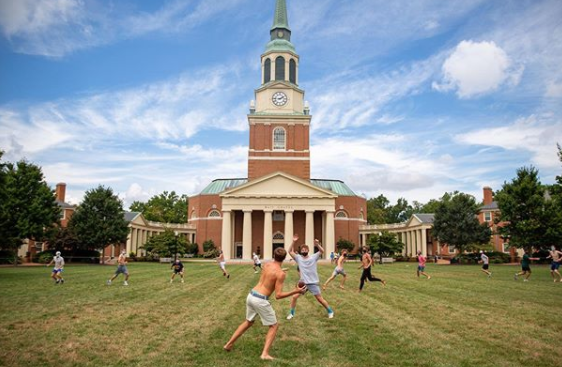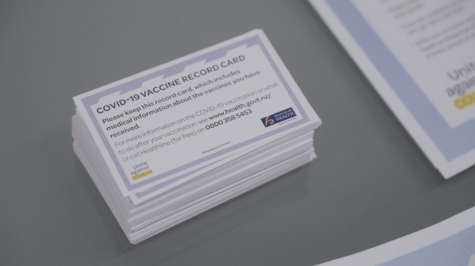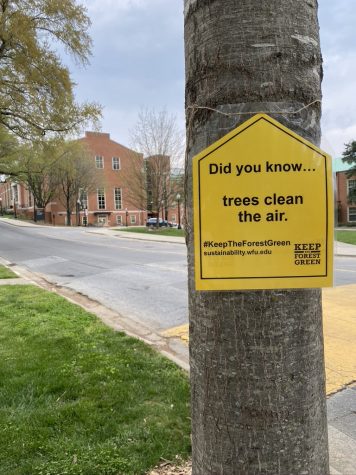How to safely exercise outside during a pandemic

August 27, 2020
As if cardiovascular exercise wasn’t hard enough already, now we’re being asked to wear masks while doing it anywhere on campus.
While this requirement might seem stringent, there is significant backing from researchers and scientists that says wearing a mask while in public is the safest way to prevent the spread of COVID-19 -— but that doesn’t make it any easier to go for a morning jog on the cross country trails while wearing a mask.
As you may know by now, COVID-19 spreads from person to person through droplets. The Food and Drug Administration explains that infected droplets can be spread through sneezing, coughing and even just through talking.
If one person is infected and sprays droplets to another person in one of those forms then the virus will spread from the original host to the new person — this happens when neither party is wearing a mask and are within six feet of each other.
An article in Healthline explains that “the moist, warm air combined with turbulent air flow from exercising may create an environment in which droplets can spread readily.”
For most people, doing any kind of cardiovascular exercise causes us to breathe more heavily, which can therefore increase the probability of spreading the virus more than if someone is breathing at a normal rate.
Being in any sort of public space during a global pandemic has become a daunting activity, but there are a few ways that you can exercise outside while also abiding by the safest guidelines to protect yourself and others from infection.
According to the World Health Organization, the first step to making sure you’re fit to participate in outdoor activities is to make sure you do not have a fever, difficulty breathing, or a cough – if this is the case you should stay at home to rest and seek medical attention as always. If you’re symptom free, WHO says that the next steps to safe outdoor exercise are:
Wash your hands well before, during and after you exercise. If you don’t have access to soap and water during your exercise, you can use an alcohol based hand sanitizer.
The Centers for Disease Control and prevention also says that wearing a mask, frequently hand washing and practicing safe distancing are the best ways to protect yourself and others — these are also the requirements for participating in any activities on campus.
If you’re thinking about exercising off of campus property and you are not going to wear a mask, know that you are taking a risk, but there are still a few ways you can try to be as safe as possible.
Here’s some advice from an article published in NPR by Marc Silver that outlines some more ways to be safe when participating in outdoor activities and exercise:
- Separate yourself from others with at least 12 feet of distance if you are not going to wear a mask
- Pick a time and a place when you know you won’t be in close contact with people — avoid going to the most crowded parks at the same time as everyone else.
- Avoid touching areas that many other people likely touch, such as park benches or railings.
- If you’re running with a mask on, stop and look around ahead and behind you. If you can’t see anyone at all that you might come in contact with, pull down your mask and leave it until you spot someone, then put it back on properly.
- Wash your mask and your hands after you’re done.
Under extreme circumstances, we must learn to adapt in order to slow infection rates, and that means wearing a mask at nearly all times. If you choose to exercise outside without a mask on, take measures like social distancing and hand washing to the extreme. If you are choosing to exercise while wearing your mask, still be sure that you are wearing it properly and following all other guidelines to ensure safety for all.
Although it may be a hassle, the safest way to exercise in the midst of COVID-19, whether inside or out, is with a mask on.





















